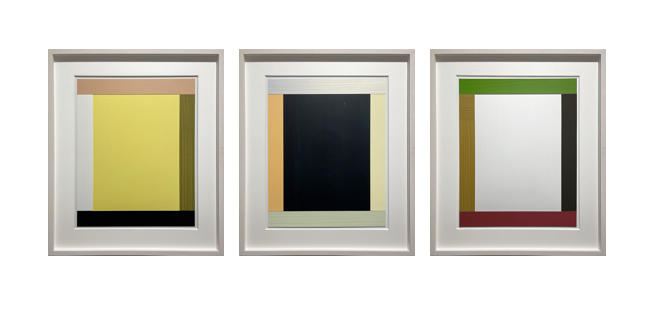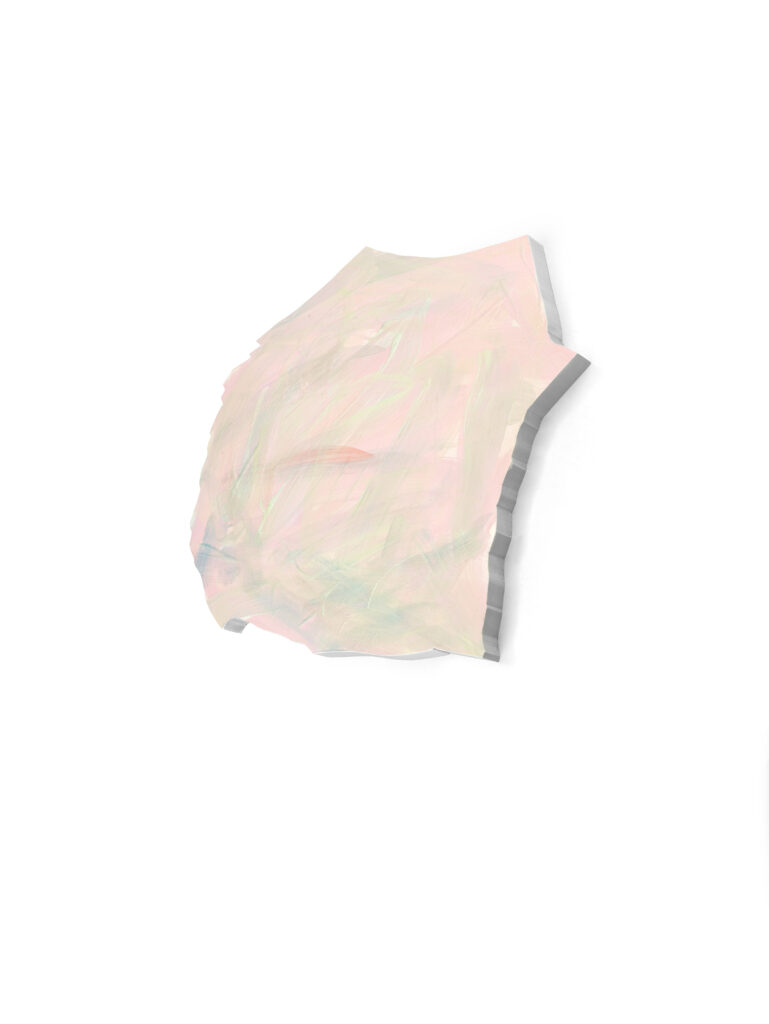Imi Knoebel
Minimalist design language and color virtuosity
Imi Knoebel is one of the most important German artists of the post-war period. His wide-ranging and rigorous work encompasses drawing, painting, sculpture, photography, projections and installations. Born Klaus Wolf Knoebel in Dessau in 1940, he studied under Joseph Beuys at the Düsseldorf Art Academy and was assigned to the legendary “Raum 19” together with his friend Imi Giese. In his expansive installation Raum 19 (1968), which proved to be a key work in his oeuvre, he stacked pieces of hard fiber and examined the relationship between forms and surfaces in space.
Knoebel’s art is consistently abstract and continues Malevich’s idea of “pure perception” through the exploration of form, color and material. “When I am asked what I think when I look at a painting,” he said, “I can only answer that I don’t think at all; I look at it and can only take in the beauty, and I don’t want to see it in relation to anything else. Only what I see, simply because it has its own validity.” His minimal compositions, often created in groups or series, are based on a reduced, austere vocabulary of forms combined with a subtle and confident use of color, revealing the physical possibilities of the simplest materials such as plywood, aluminum and fiberboard.




